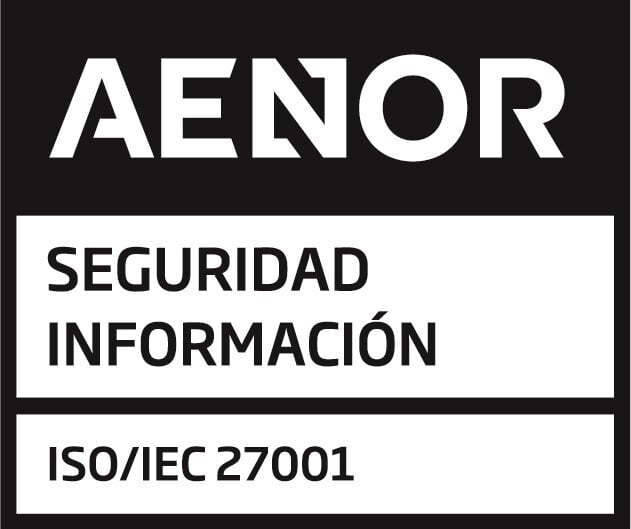The Global Electricity Review 2022 reports that solar and wind provided more than 10% of global electricity in 2021. The enhanced technical operations and lowered cost are the driving forces behind the success of these renewables. More development of these renewable energy sources is becoming alluring, particularly in areas where natural conditions are favorable.
There are typical steps for developing a solar plant or wind plant, but the specifics can differ. That applies to solar plants and wind plants. In our continued coverage of renewable energy assets, we compare the development of these two plants.
Phases of Renewable Energy Projects
The stages of any renewable energy project can be summarized as the project stage, exploitation stage, and end-of-life stage. Project development of a renewable energy project typically involves substantial planning and organization regarding variables such as raw materials, duties for the team, and the budget. There’s also a timeline and goals to keep in mind. To execute the project perfectly, prospecting is essential, as is the permitting and licensing process.
Regardless of the roadmap that developing a solar plant follows, here are the key phases that the project development follows:
- Site identification
- Pre-feasibility study
- Feasibility study
- Financing and contracting
- Detailed design
- Plant construction
- Commissioning
For a wind plant development, the process can be equally long and treacherous, incorporating the assessment of economic, political, environmental, and technical elements to the last detail. Like the solar plant project, the development can be divided into several phases as outlined here:
- Screening
- Feasibility study
- Development
- Contractual commitment
- Project delivery
- Project operation and maintenance
A Summarized Comparison of Solar and Wind Plants
For a renewable energy project to progress, prospect work has to be done, followed by authorizations and permits. In other words, there are different phases to the development of a plant. Below are a few elements to compare the execution of these plants.
|
Wind plant |
Solar plant |
|
|
Timeline |
|
|
|
Challenges |
|
|
|
Expertise required |
|
|
|
Activities undertaken |
|
|
|
Cost of development |
|
|
|
Agreements and permits |
Some of the permits to expect for a wind project:
|
Permits for solar energy development include but are not limited to the following:
|
Conclusion
There are some differences between developing a solar plant and a wind plant, but of significance is for developers to know that there are means of ensuring project success.
Using asset management software, which involves the transformation of raw data into essential business insights, has proven instrumental for numerous projects globally. QBI Solutions is committed along this line and has covered at least 1,100 renewable energy assets globally to date.
Contact us today for more details.
